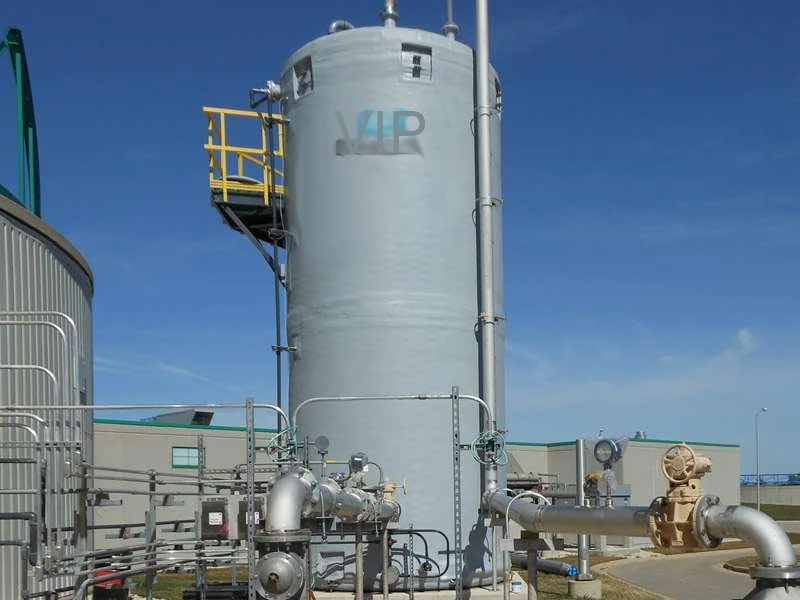
-
 Afrikaans
Afrikaans -
 Albanian
Albanian -
 Amharic
Amharic -
 Arabic
Arabic -
 Armenian
Armenian -
 Azerbaijani
Azerbaijani -
 Basque
Basque -
 Belarusian
Belarusian -
 Bengali
Bengali -
 Bosnian
Bosnian -
 Bulgarian
Bulgarian -
 Catalan
Catalan -
 Cebuano
Cebuano -
 China
China -
 China (Taiwan)
China (Taiwan) -
 Corsican
Corsican -
 Croatian
Croatian -
 Czech
Czech -
 Danish
Danish -
 Dutch
Dutch -
 English
English -
 Esperanto
Esperanto -
 Estonian
Estonian -
 Finnish
Finnish -
 French
French -
 Frisian
Frisian -
 Galician
Galician -
 Georgian
Georgian -
 German
German -
 Greek
Greek -
 Gujarati
Gujarati -
 Haitian Creole
Haitian Creole -
 hausa
hausa -
 hawaiian
hawaiian -
 Hebrew
Hebrew -
 Hindi
Hindi -
 Miao
Miao -
 Hungarian
Hungarian -
 Icelandic
Icelandic -
 igbo
igbo -
 Indonesian
Indonesian -
 irish
irish -
 Italian
Italian -
 Japanese
Japanese -
 Javanese
Javanese -
 Kannada
Kannada -
 kazakh
kazakh -
 Khmer
Khmer -
 Rwandese
Rwandese -
 Korean
Korean -
 Kurdish
Kurdish -
 Kyrgyz
Kyrgyz -
 Lao
Lao -
 Latin
Latin -
 Latvian
Latvian -
 Lithuanian
Lithuanian -
 Luxembourgish
Luxembourgish -
 Macedonian
Macedonian -
 Malgashi
Malgashi -
 Malay
Malay -
 Malayalam
Malayalam -
 Maltese
Maltese -
 Maori
Maori -
 Marathi
Marathi -
 Mongolian
Mongolian -
 Myanmar
Myanmar -
 Nepali
Nepali -
 Norwegian
Norwegian -
 Norwegian
Norwegian -
 Occitan
Occitan -
 Pashto
Pashto -
 Persian
Persian -
 Polish
Polish -
 Portuguese
Portuguese -
 Punjabi
Punjabi -
 Romanian
Romanian -
 Russian
Russian -
 Samoan
Samoan -
 Scottish Gaelic
Scottish Gaelic -
 Serbian
Serbian -
 Sesotho
Sesotho -
 Shona
Shona -
 Sindhi
Sindhi -
 Sinhala
Sinhala -
 Slovak
Slovak -
 Slovenian
Slovenian -
 Somali
Somali -
 Spanish
Spanish -
 Sundanese
Sundanese -
 Swahili
Swahili -
 Swedish
Swedish -
 Tagalog
Tagalog -
 Tajik
Tajik -
 Tamil
Tamil -
 Tatar
Tatar -
 Telugu
Telugu -
 Thai
Thai -
 Turkish
Turkish -
 Turkmen
Turkmen -
 Ukrainian
Ukrainian -
 Urdu
Urdu -
 Uighur
Uighur -
 Uzbek
Uzbek -
 Vietnamese
Vietnamese -
 Welsh
Welsh -
 Bantu
Bantu -
 Yiddish
Yiddish -
 Yoruba
Yoruba -
 Zulu
Zulu
GRP Piping System Advantages and Applications for Modern Infrastructure Solutions
Understanding the GRP Piping System A Comprehensive Overview
In the realm of industrial applications, the efficiency and reliability of piping systems are pivotal. Among various materials used in piping, Glass Reinforced Plastic (GRP) has emerged as a favored choice. GRP piping systems, also known as fiberglass piping, are increasingly utilized in diverse sectors, including water treatment, chemical processing, and oil and gas. This article seeks to shed light on GRP piping systems, their benefits, and their applications.
What is GRP?
Glass Reinforced Plastic is a composite material made from a polymer matrix reinforced with glass fibers. This combination leads to a material that possesses remarkable strength-to-weight ratios, corrosion resistance, and durability. GRP can withstand harsh environmental conditions, making it an ideal option for various industrial applications. The unique properties of GRP are derived from the meticulous manufacturing processes, where glass fibers are embedded in a resin matrix, resulting in strong yet lightweight pipes.
Advantages of GRP Piping Systems
1. Corrosion Resistance One of the primary advantages of GRP piping systems is their inherent resistance to corrosion. Unlike traditional metal pipes that are vulnerable to rust and chemical degradation, GRP pipes can endure the challenges posed by aggressive chemicals and saline environments. This translates to lower maintenance costs and extended service life.
2. Lightweight and Easy Installation GRP pipes are significantly lighter than their metal counterparts. This lightweight characteristic not only simplifies handling and transportation but also accelerates the installation process. As a result, construction and labor costs are reduced, making GRP an economical choice.
3. Thermal Insulation GRP offers superior thermal insulation properties, which is crucial in applications where temperature control is necessary. The low thermal conductivity of GRP helps maintain the desired temperature of the substances being transported, enhancing energy efficiency.
4. Flexibility The inherent flexibility of GRP allows for better adaptability in various applications. This flexibility minimizes the risk of damage during installation and operation, especially in environments subject to seismic activity or ground movement.
5. Customizable GRP pipes can be manufactured in various sizes and shapes according to specific requirements. This customization enables engineers to design and implement piping systems tailored to the unique demands of a project.
grp piping system

6. Low Friction The smooth internal surface of GRP pipes reduces friction when fluids are transported. This can result in enhanced flow rates and reduced energy consumption for pumping systems.
Applications of GRP Piping Systems
Given their numerous advantages, GRP piping systems are employed in various sectors
- Water and Wastewater Management GRP pipes are widely used in water treatment facilities, sewage systems, and stormwater management due to their resistance to corrosion and ability to handle fluctuating pressures.
- Chemical Processing The chemical industry benefits from GRP’s resistance to various chemicals, making it ideal for transporting caustic liquids and gases.
- Oil and Gas Industry GRP pipes are frequently used for offshore applications and in environments where traditional materials may fail due to harsh corrosion caused by saltwater and chemicals.
- Infrastructure Projects GRP is increasingly being used in construction projects, such as tunnels and underground pipelines, where its lightweight and corrosion-resistant properties are advantageous.
Conclusion
In conclusion, the GRP piping system has become a cornerstone in modern industrial applications, owing to its numerous benefits such as corrosion resistance, lightweight nature, and adaptability. As industries continue to search for efficient and durable solutions, the relevance and application of GRP piping systems are set to increase. With ongoing advancements in materials science, GRP technology is likely to evolve, further enhancing its utility and performance in challenging environments, thereby solidifying its position as a key player in the piping industry.









